American Manhunt: Examining The Fall Of Al-Qaeda's Leader
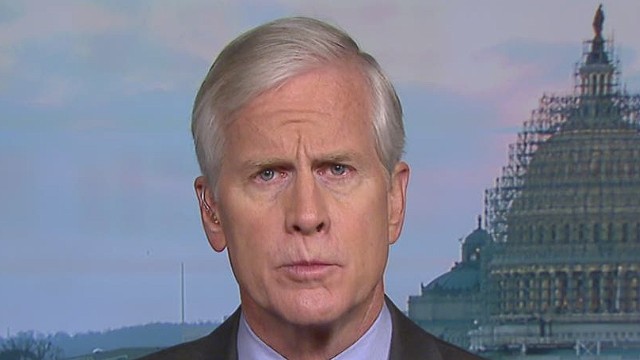
Table of Contents
The Genesis of the Manhunt: Building the Intelligence Network
The decade-long pursuit of Osama bin Laden wasn't a sudden strike but the culmination of painstaking intelligence gathering. This intricate process involved a complex web of human and technical intelligence, fraught with challenges and breakthroughs. The hunt relied heavily on building a robust network of informants and leveraging technological capabilities.
-
The role of human intelligence (HUMINT): HUMINT proved invaluable. Informants, often within al-Qaeda's network, provided crucial leads and insights into bin Laden's movements and operational methods. Cultivating trust and maintaining the secrecy of these sources was paramount.
-
The importance of signals intelligence (SIGINT) and its limitations: SIGINT, encompassing communications intercepts and other electronic surveillance, played a vital role. However, bin Laden was notoriously careful, employing sophisticated communication methods that were difficult to intercept and decipher. SIGINT often provided pieces of the puzzle, but rarely the complete picture.
-
The use of courier tracking as a crucial breakthrough: The tracking of a key courier, a trusted messenger known to be in direct contact with bin Laden, proved a pivotal breakthrough. This individual's movements eventually led intelligence agencies to a previously unknown compound in Abbottabad, Pakistan.
-
Challenges faced in confirming bin Laden's location: Even with the courier's movements pinpointing a potential location, confirming bin Laden's presence required rigorous verification. Intelligence agencies employed a variety of methods, including photographic and other forms of visual confirmation, to eliminate any doubt before proceeding. The high stakes meant eliminating any possibility of a misidentification.
Planning and Execution: The Abbottabad Raid
The Abbottabad raid, executed by members of the elite US Navy SEAL Team Six, stands as a testament to meticulous planning and precise execution. The operation was shrouded in utmost secrecy, demanding a high degree of coordination and risk assessment.
-
The selection of the SEAL Team Six: SEAL Team Six, renowned for its specialized training and experience in high-risk operations, was chosen for its ability to handle the complexities and potential dangers of the mission. Their expertise in close-quarters combat and covert operations proved essential.
-
The logistical challenges of the operation (stealth, secrecy, potential for escalation): The operation presented significant logistical challenges. Maintaining stealth, avoiding detection by Pakistani authorities, and minimizing the risk of escalation were critical concerns. The potential for a firefight and the need to extract the SEAL team safely were meticulously planned.
-
The execution of the raid itself, including the firefight and the confirmation of bin Laden's identity: The raid itself involved a daring nighttime assault on the compound. A firefight ensued, resulting in the killing of bin Laden and several other individuals. Positive identification of bin Laden was immediately confirmed using biometric techniques.
-
The aftermath: removal of the body and disposal: After confirming bin Laden's identity, his body was removed from the compound and subsequently buried at sea, adhering to Islamic burial rites. This action was intended to prevent the compound from becoming a potential shrine or rallying point for al-Qaeda supporters.
Global Impact and Aftermath: Al-Qaeda's Weakening and Shifting Dynamics
The death of Osama bin Laden dealt a significant blow to al-Qaeda, significantly impacting its structure, influence, and operational capabilities. However, the consequences were complex and far-reaching.
-
The decline in al-Qaeda's influence and operational capabilities: Bin Laden's death removed the organization's symbolic leader and damaged its morale. This led to a decline in the group's influence and its capacity to carry out large-scale attacks.
-
The rise of other terrorist groups such as ISIS: The power vacuum left by al-Qaeda's weakened state allowed other terrorist groups, such as ISIS, to rise and compete for influence. This created new challenges for global counterterrorism efforts.
-
Changes in US counterterrorism strategy: The success of the Abbottabad raid spurred a reevaluation of US counterterrorism strategies, focusing on targeted operations and the disruption of terrorist networks.
-
The ongoing threat of terrorism and the need for continued vigilance: Despite the significant blow to al-Qaeda, the threat of terrorism persists. The ongoing need for vigilance and adaptation in counterterrorism strategies remains a key aspect of global security.
The Legacy of the American Manhunt
The American Manhunt for Osama bin Laden continues to spark debate and analysis, shaping discussions on counterterrorism strategies and the ethical implications of such operations.
-
Debates surrounding the legality and ethics of the operation: The raid's legality and ethics remain subjects of ongoing debate. Critics raise concerns about the violation of Pakistani sovereignty and the lack of transparency surrounding the operation.
-
The raid's influence on US foreign policy: The Abbottabad raid significantly influenced US foreign policy, particularly in the context of counterterrorism. It demonstrated the willingness to pursue targeted operations even in sensitive geopolitical environments.
-
The continuing relevance of the "American Manhunt" as a case study in counterterrorism: The American Manhunt serves as a critical case study in counterterrorism, illustrating both the successes and limitations of intelligence gathering, covert operations, and the long-term impact of eliminating key figures in terrorist organizations.
Conclusion:
The "American Manhunt" for Osama bin Laden represents a significant chapter in the War on Terror. The meticulous intelligence gathering, the daring raid, and the subsequent impact on al-Qaeda highlight the complexities and challenges of counterterrorism. While the death of bin Laden marked a symbolic victory, the ongoing threat of terrorism necessitates continued vigilance and adaptation in counterterrorism strategies. Learn more about this pivotal event by researching further into the intricacies of the American Manhunt and its lasting consequences. Understanding the nuances of this operation is crucial for comprehending the ongoing evolution of global counterterrorism efforts and the persistent challenges in combating terrorism.

Featured Posts
-
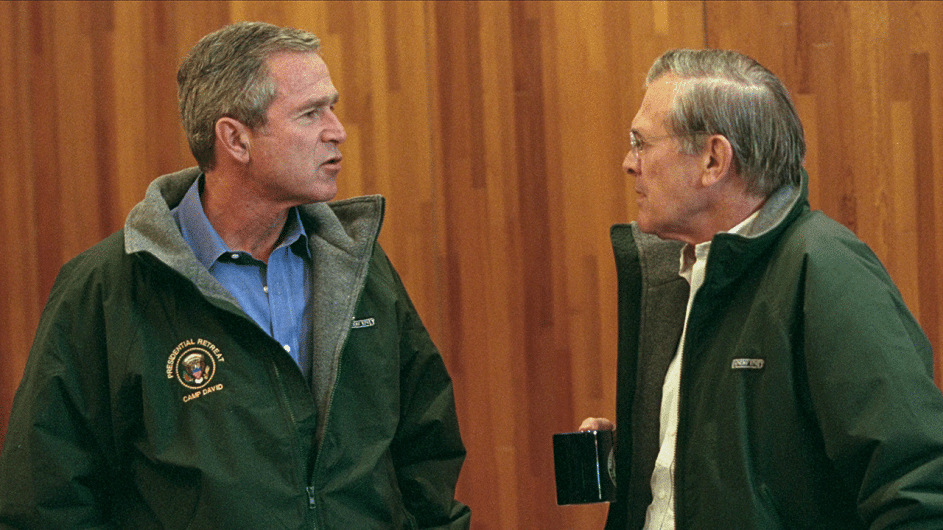 Where To Watch The American Manhunt For Osama Bin Laden Not Netflix
May 18, 2025
Where To Watch The American Manhunt For Osama Bin Laden Not Netflix
May 18, 2025 -
 Mohawk Council Faces 220 Million Lawsuit From Kahnawake Casino Owners
May 18, 2025
Mohawk Council Faces 220 Million Lawsuit From Kahnawake Casino Owners
May 18, 2025 -
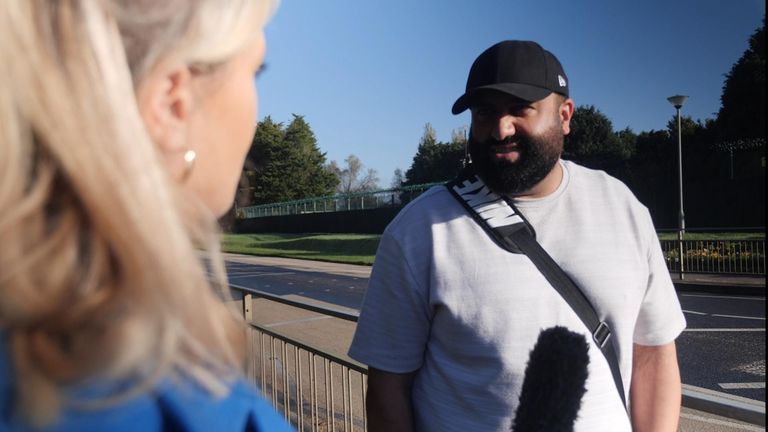 Prison Overcrowding Government To Implement Early Release Scheme
May 18, 2025
Prison Overcrowding Government To Implement Early Release Scheme
May 18, 2025 -
 Los Angeles Wildfires Exploring The Ethics Of Disaster Betting Markets
May 18, 2025
Los Angeles Wildfires Exploring The Ethics Of Disaster Betting Markets
May 18, 2025 -
 Assessing The Geopolitical Ramifications Of Trumps Middle East Journey
May 18, 2025
Assessing The Geopolitical Ramifications Of Trumps Middle East Journey
May 18, 2025
Latest Posts
-
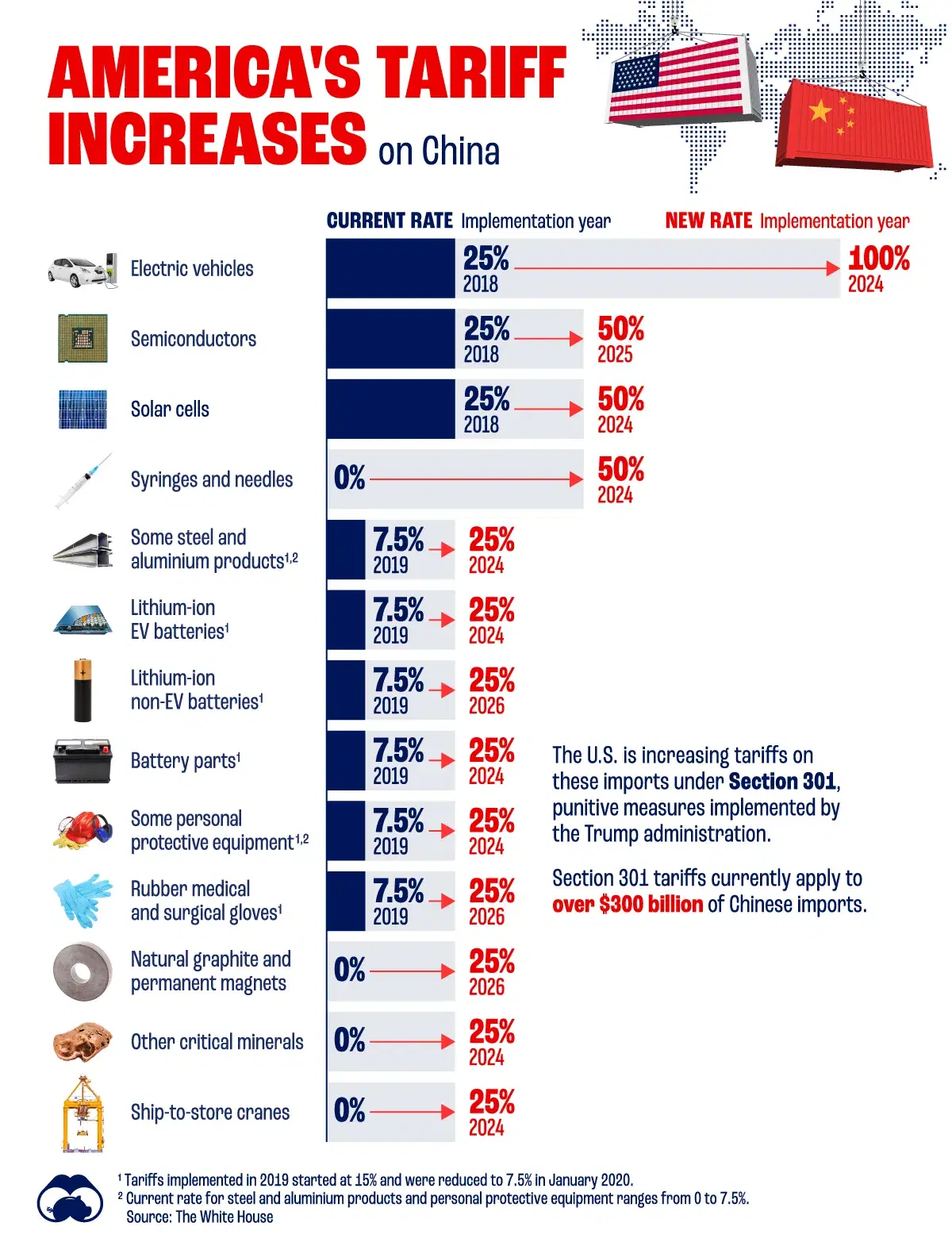 30 Tariffs On Chinese Goods A 2025 Outlook
May 18, 2025
30 Tariffs On Chinese Goods A 2025 Outlook
May 18, 2025 -
 Trump Administration Aerospace Deals Big Promises Few Details
May 18, 2025
Trump Administration Aerospace Deals Big Promises Few Details
May 18, 2025 -
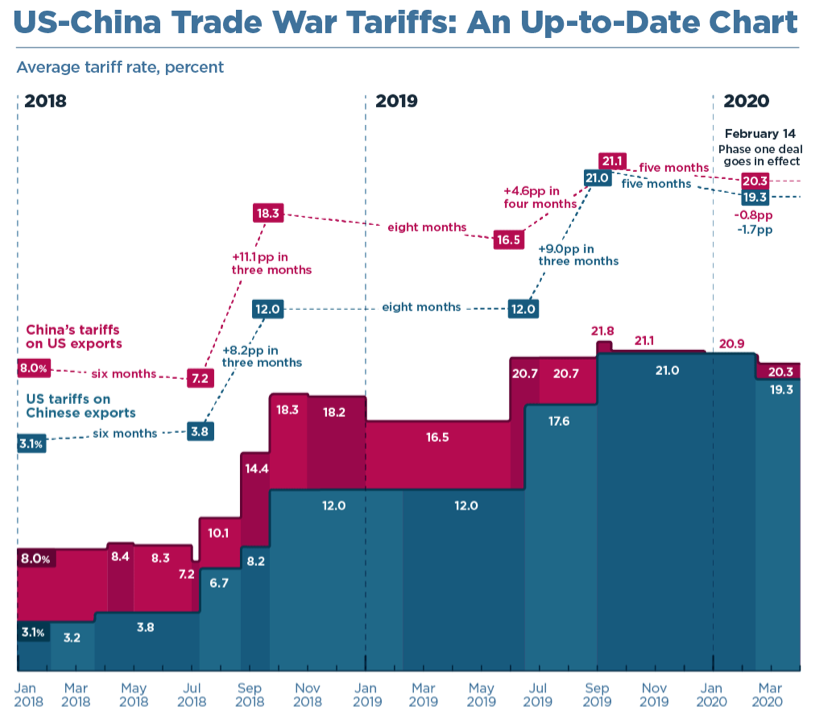 Impact Of Extended 30 Tariffs On Us China Trade Relations
May 18, 2025
Impact Of Extended 30 Tariffs On Us China Trade Relations
May 18, 2025 -
 Analyzing Trumps Aerospace Agreements Substance Vs Spectacle
May 18, 2025
Analyzing Trumps Aerospace Agreements Substance Vs Spectacle
May 18, 2025 -
 Will Trumps 30 Tariffs On China Goods Extend To 2025
May 18, 2025
Will Trumps 30 Tariffs On China Goods Extend To 2025
May 18, 2025
